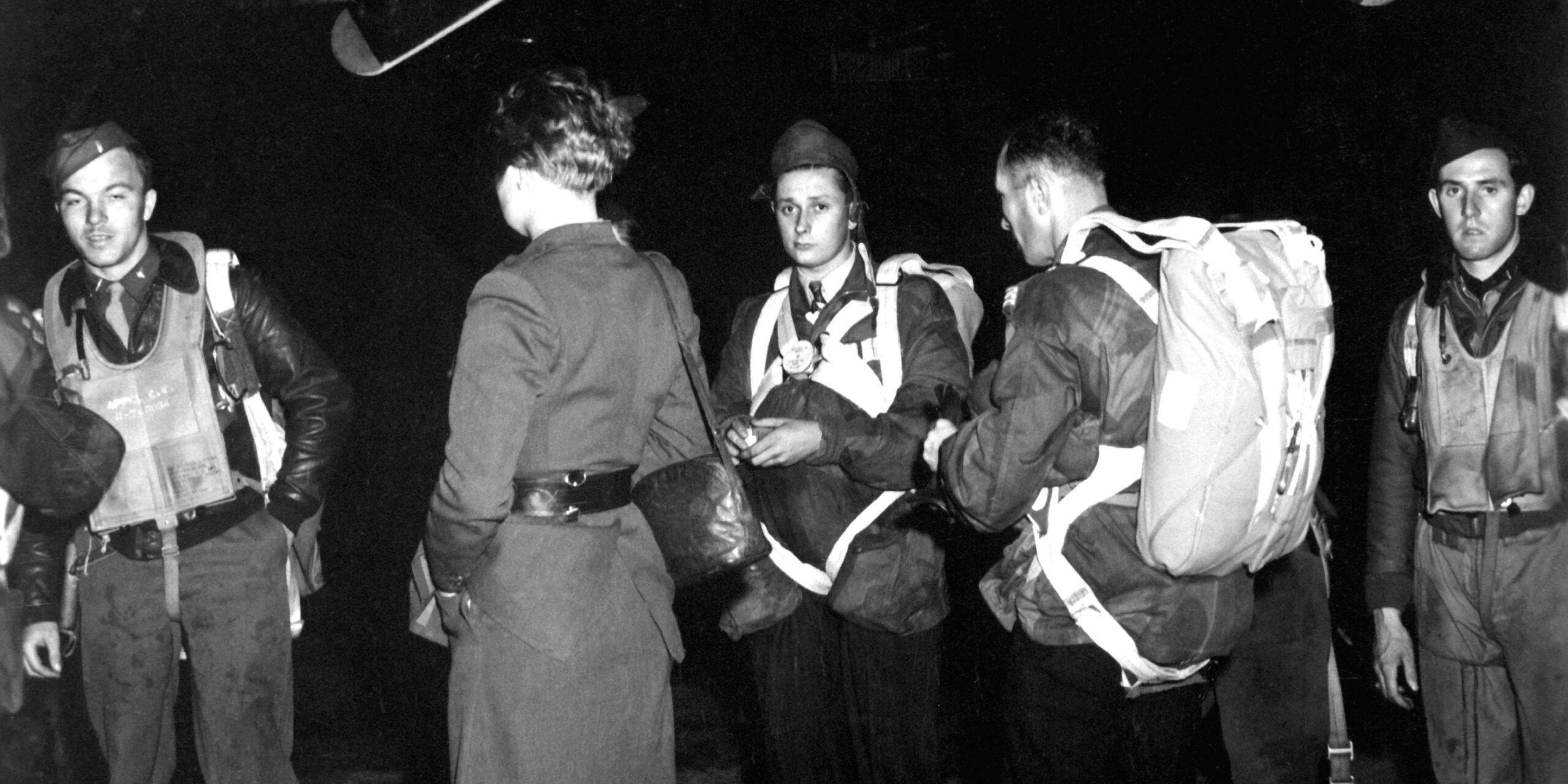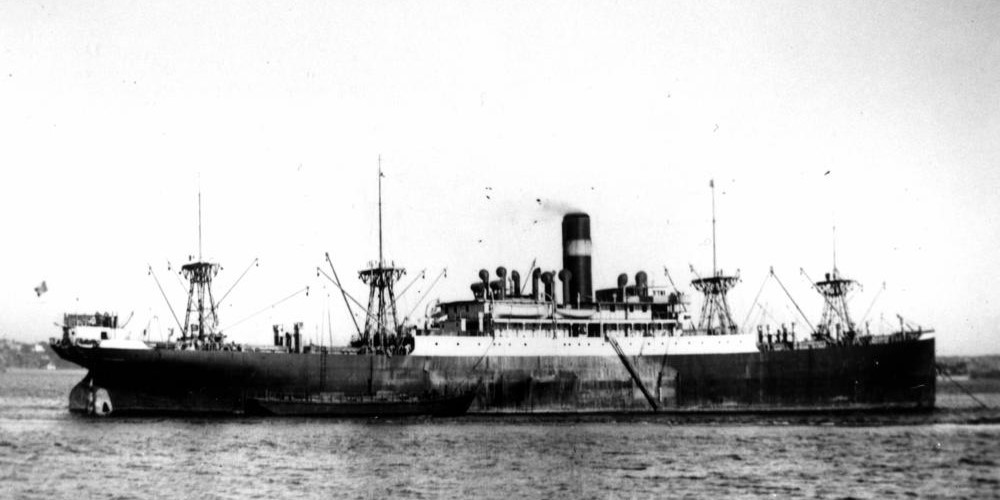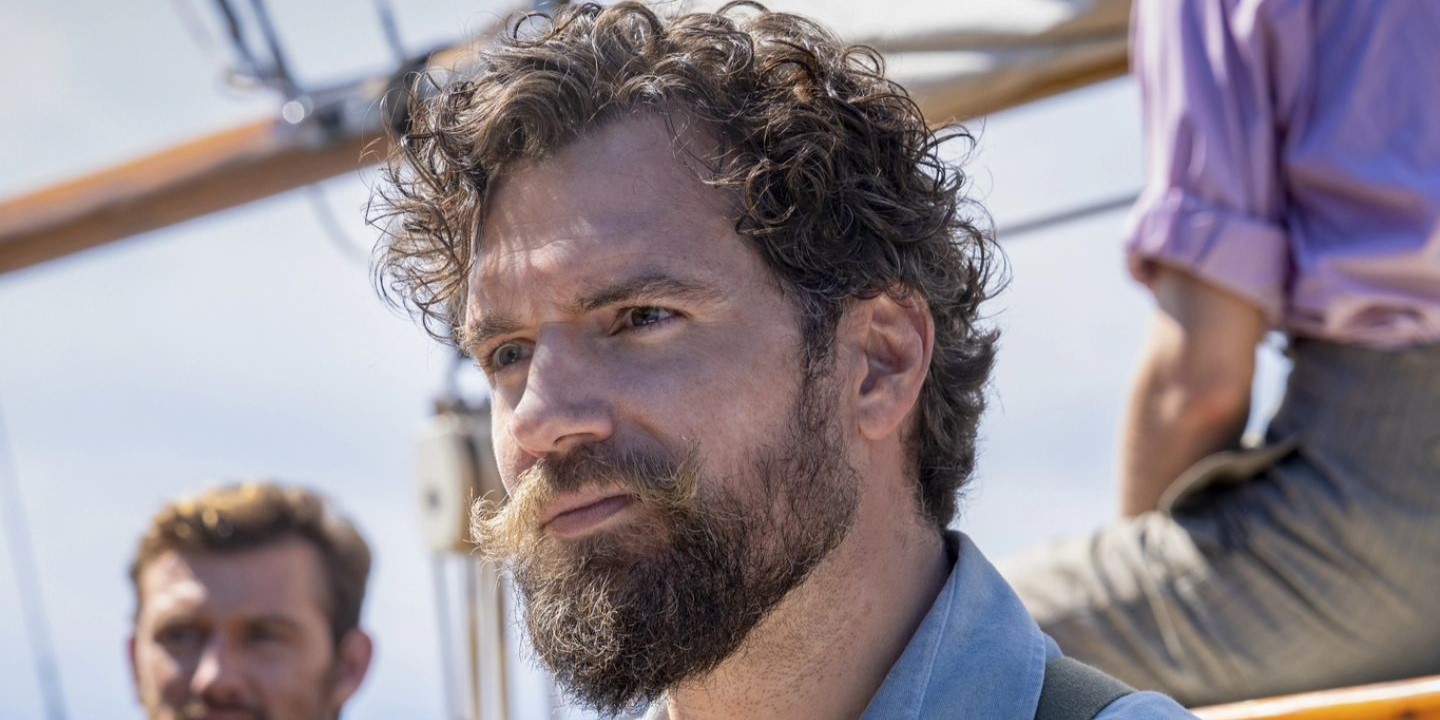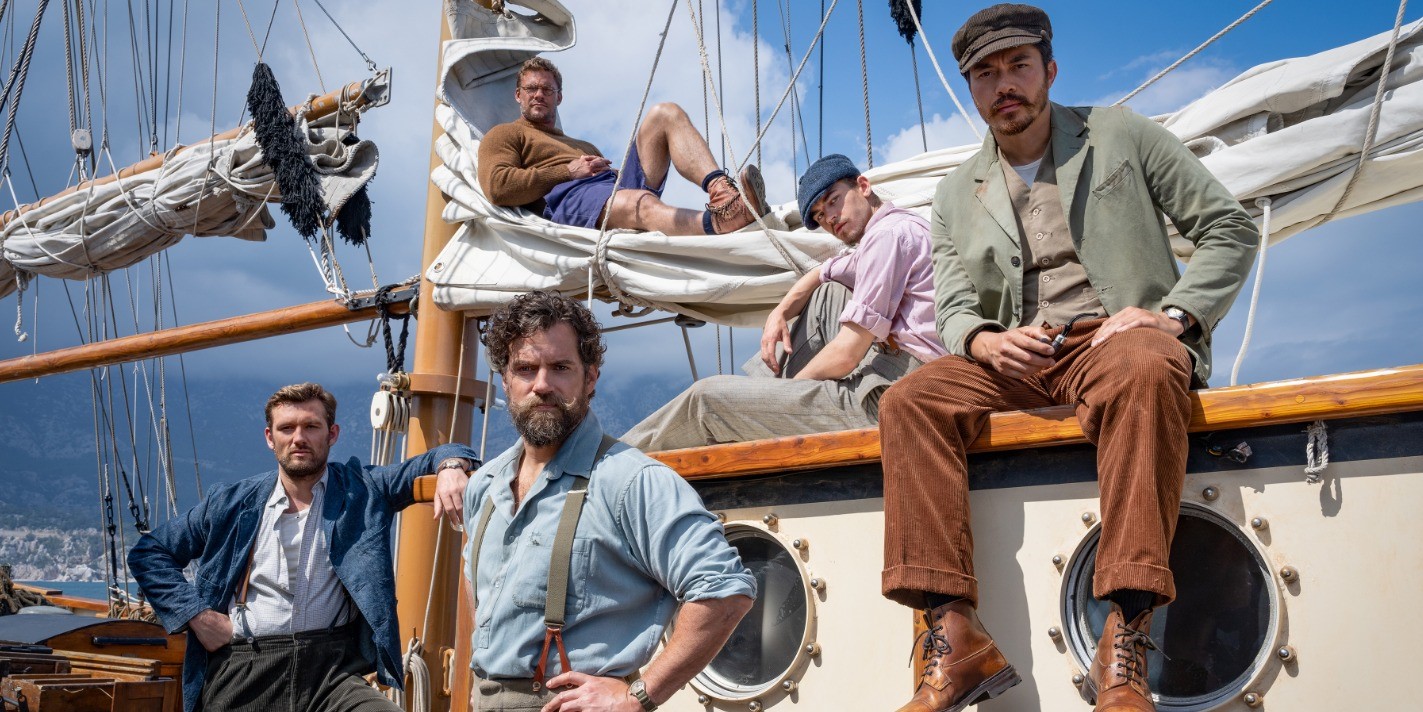Guy Ritchie’s ‘The Ministry of Ungentlemanly Warfare’ transports us to the pivotal years of World War II, when the British are being cornered by the German Luftwaffe and U-boats while Europe has fallen under the shadow of the Third Reich. In a desperate ploy to cause chaos and disruption behind enemy lines, a team of untamed soldiers and fighters is gathered to form a special forces organization called the Special Operations Executive (SOE). At the orders of Winston Churchill, the organization is created, with an uninhibited Gus March-Phillips leading the covert charge into enemy territory.
He brings together a rag-tag crew of eccentric characters who are mad enough to join him on what appears to be a suicide mission, as they operate unsanctioned and unsupported behind enemy lines. The action comedy follows the exploits of this unit as their unorthodox tactics prove to be incredibly effective. From sinking U-boats to disrupting supply lines and blowing up command bunkers, the team executes destructive operations with a spring in their step. The team members’ maverick natures perfectly complement their roles outside the military chain of command, continuing to wreak havoc even when ordered to stand down by high-ranking officers. Since the film is set in the era of World War II and features events that seem to be a significant part of history, it is natural for the viewers to question whether it is based on actual chapters from reality.
The Ministry of Ungentlemanly Warfare is Inspired by SOE and Operation Postmaster
‘The Ministry of Ungentlemanly Warfare’ touts itself as being based on true events while drawing from Damien Lewis’s historical novel, ‘Churchill’s Secret Warriors.’ The movie depicts the formation of SOE, also known as The Ministry of Ungentlemanly Warfare, The Baker Street Irregulars, or Churchill’s Secret Army. It follows the events of Operation Postmaster and sees our heroes destroy German outposts, facilities, and U-boats. However, the situations presented in the film are highly fictionalized and unfold very differently from historical events. This is expected since the movie isn’t trying to be a documentary but more of a character piece.

The SOE was a secret British World War II organization formed in 1940 by combining Department EH of the Foreign Office, Section D, a division of the Secret Intelligence Service, and MI (R), a section of the War Office. Major Gus March-Phillips was a real commando who led the Small Scale Raiding Force (SSRF), or No. 62 Commando, working alongside SOE to conduct espionage, sabotage, and reconnaissance missions in Nazi-occupied Europe. Gus March-Phillips and his team, coming together, portray the formation of the SSRF, which was indeed ordered by Winston Churchill himself in 1940. The time represents the UK’s darkest hour, as an invasion of the island by Germany seemed imminent.
The SOE and SSRF were meant to support resistance movements in German-occupied countries while targeting any supplies, infrastructure, or facilities important to the German war effort. The time also saw the Allied sea routes being terrorized by German U-boats (submarines), which cut off supplies going in and out of the UK, gravely hampering their logistics. Intelligence reports indicated that U-boats active around Western Africa were being fueled along the rivers in Vichy French parts of the continent. The SSRF, headed by Major Gus March-Phillips, was dispatched to the region, arriving in British-controlled Freetown, Sierra Leone.
While the commandos searched for hidden submarine bases, they found three Axis merchant ships on the Spanish island of Fernando Po, one of which possibly contained ammunition. After gathering information, Major Gus March-Phillips began preparing a raid but, as seen in the film, faced opposition from a high-ranking officer. The British General Officer Commanding Western Africa refused to dispatch the men required for the mission, as it violated Spanish sovereignty and could be seen as an act of piracy.

The SSRF eventually received permission on the grounds that their operation would not leave any proof tying it back to the British government. Thus, the armed group approached on two tugboats at night while one of their undercover agents had arranged for the German and Italian ship crews to be invited to a dinner party. Both ships were boarded, de-anchored, and towed out of the harbor within 30 minutes. As Major Gus March-Phillips and his men made landfall at the allied port in Lagos, they brought with them captured enemy vessels, intelligence, supplies, and 29 prisoners, all without suffering a single casualty.
Operation Postmaster demonstrated the effectiveness of clandestine operations conducted by the SOE and highlighted the organization’s ability to operate in hostile environments under challenging circumstances. Major Gus March-Phillips was awarded the Distinguished Service Order for his stellar leadership, while his brothers in arms earned the Military Cross and two were appointed Members of the Order of the British Empire.

Talking about the movie’s ties to war history, Ritchie said, “It is based on a true story; it was the first clandestine mission in modern times, and it gave birth to special forces in various countries… They started to realize how effective special forces could be.” The statement about the SOE or SSRF being the first special force or having carried out the first clandestine operation can be quite contentious. Only a few decades prior to the film’s depicted time period, World War I saw the use of both covert operations and special forces. The German Stormtroopers and the Italian Arditi were highly trained units that functioned as elite shock troops, carrying out raids against enemy positions with specialized equipment.
The filmmaker likely meant that the SOE forces were the first irregular troops used by modern militaries, which drafted non-combatants and ununiformed combatants to wage a guerilla war in enemy territory. The first political head of SOE was Hugh Dalton, the Minister of Economic Warfare, who had been lobbying for such a group’s formation. He based the organization on the model of the Irish Republican Army’s (IRA) strategies in the Irish War of Independence. Like the IRA, the SEO became a volunteer army that raged a terrifyingly effective guerilla war against an occupying force.
‘The Ministry of Ungentlemanly Warfare’ draws inspiration from a lesser-recognized organization formed during World War II, one that turned the tide of the war and aided military assaults with established local networks. And while the movie largely fictionalizes the characters and events associated with SOE, it certainly embodies Churchill’s sentiment when he told the head of SOE, “Now go and set Europe ablaze.”
Read More: The Ministry of Ungentlemanly Warfare: Where Was Guy Ritchie’s Movie Filmed?


You must be logged in to post a comment.